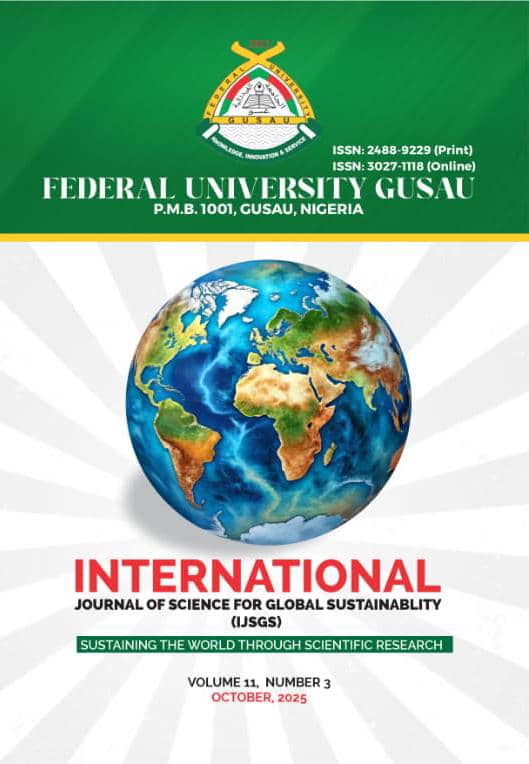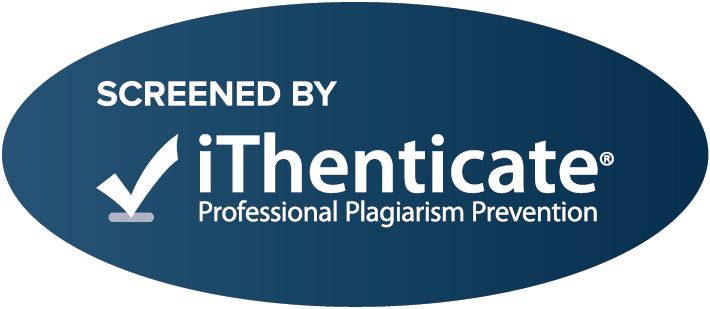Study of Phytochemicals and FTIR Spectra of Fractions from Datura Metel Linn (Non-Sedative Analgesic Plant)
DOI:
https://doi.org/10.57233/ijsgs.v11i3.930Keywords:
Analgesic, Anti-inflammatory, Non-sedative, Phytochemicals, Isolation.Abstract
This study investigated Datura metel Linn. to identify phytochemicals with non-sedative analgesic potential, offering an alternative to conventional sedative drugs. Bioactive compounds were isolated from leaves via sequential solvent extraction (acetone, chloroform, water) and fractionated by column chromatography, yielding primary (GH1-GH7) and secondary fractions. Phytochemical screening confirmed alkaloids, flavonoids, saponins, and steroids. Fourier Transform Infrared (FTIR) spectroscopy revealed diverse functional groups. Early fractions (e.g., GH1F1, GH2F2) showed signatures of aromatic carboxylic acids, with patterns consistent with para-substituted benzoic acid derivatives like 4-aminobenzoic acid (PABA), indicated by carbonyl stretches (1708-1735 cm⁻¹) and aromatic vibrations. Some fractions indicated inorganic ions. Later fractions (GH3F3-GH7F2B) exhibited classical plant extract profiles with broad O-H stretches (phenols, carbohydrates), aliphatic C-H stretches (lipids), ester carbonyl bands (1727-1731 cm⁻¹), and aromatic C=C bends (1515-1567 cm⁻¹), confirming a rich mixture of flavonoids, tannins, and phenolic compounds. The successful fractionation isolated a wide spectrum of phytochemicals. The dominance of functional groups linked to phenolic acids and flavonoids, known for anti-inflammatory and non-sedative analgesic activities, underscores the plant's therapeutic potential. The phytochemical profile of Datura metel L. reveals bioactive compounds supporting its traditional use. The collective anti-inflammatory action of flavonoids, tannins, and saponins suggests a viable basis for non-sedative analgesia. Identifying these distinct chemical signatures provides a foundation for future research, recommending advanced structural elucidation via NMR and mass spectrometry, followed by biosimulation and biological assays to validate pharmacological activity.
Downloads
Published
How to Cite
Issue
Section
License
Copyright (c) 2025 Author(s)

This work is licensed under a Creative Commons Attribution 4.0 International License.












